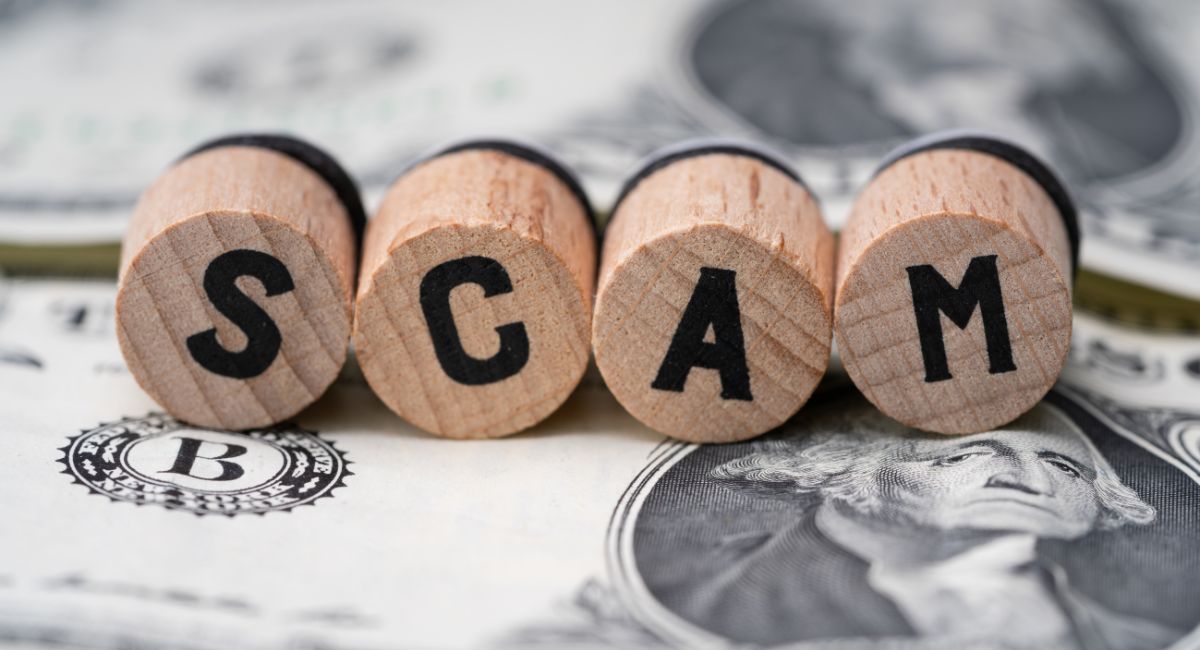In today’s digital age, online scams continue to evolve, and one particularly dangerous threat is the selling of fake money online. Whether you’re a cautious buyer or a vigilant seller, understanding the warning signs and knowing how to protect yourself is crucial. In this comprehensive guide, we’ll explore the tactics used by scammers, provide tips on how to spot fake money scams, and outline key measures you can take to avoid falling victim to these fraudulent schemes.
What Is the Fake Money Scam?
Fake money scams involve the online sale or distribution of counterfeit currency or digital representations of currency that are falsely advertised as legitimate. Scammers may lure unsuspecting users with promises of easy money, exclusive deals, or investment opportunities that involve “fake money” products. These scams can appear on social media platforms, e-commerce websites, or even via email campaigns.
Key Characteristics:
- Too-Good-to-Be-True Offers: Promises of large sums of money for little investment.
- Unverified Sellers: Sellers with little to no online presence or those using newly created profiles.
- Lack of Transparency: No clear information about the product’s origin or legality.
- Pressure Tactics: Urgency in purchase decisions to avoid missing out on a “great deal.”
How to Spot a Fake Money Scam Online
1. Scrutinize the Seller’s Profile and Reviews
- Check Credentials: Look for a verified profile or seller badge. Be cautious of sellers with generic names or minimal history.
- Read Reviews: Authentic customer feedback and testimonials are often a good sign. If reviews are sparse, overly positive, or seem copied, it may be a red flag.
2. Examine Website Quality and Domain
- Professional Design: Genuine websites usually invest in professional design and robust security features. Poor website design, broken links, and spelling errors can indicate a scam.
- Secure Connection: Look for HTTPS encryption in the URL, which shows the site uses secure protocols. However, note that HTTPS alone does not guarantee legitimacy.
3. Analyze Payment Methods
- Unusual Payment Requests: Be wary if the seller insists on untraceable payment methods such as wire transfers, cryptocurrencies, or gift cards.
- Refund and Return Policies: Legitimate businesses provide clear policies. The absence of such policies can signal potential fraud.
4. Research the Product Details
- Legitimacy of Claims: Compare the product description with known facts about legal currency and financial instruments. Unsubstantiated claims or technical jargon without context may be used to confuse potential buyers.
- Independent Verification: Use trusted third-party sources to verify the authenticity of the product or service being sold.
5. Watch Out for Pressure and Urgency
- Limited-Time Offers: Scammers often create a sense of urgency to force quick decisions. Take your time to research and verify before making any purchase.
- Immediate Requests for Personal Information: Legitimate sellers do not pressure you into providing sensitive data immediately.
Measures to Protect Yourself Against Fake Money Scams
1. Educate Yourself About Common Scams
- Stay updated on current scams by following reliable sources such as government consumer protection agencies and cybersecurity blogs.
- Participate in online communities or forums that share information about recent scam tactics.
2. Use Secure and Verified Platforms
- When purchasing online, use platforms with strong reputations and established security measures.
- Avoid making transactions through links provided in unsolicited emails or messages.
3. Implement Strong Digital Security Practices
- Use Two-Factor Authentication (2FA): Add an extra layer of security to your accounts to prevent unauthorized access.
- Keep Your Software Updated: Regular updates to your browser, operating system, and antivirus software can help protect against vulnerabilities.
- Be Wary of Phishing Attempts: Learn to identify phishing emails and messages that mimic reputable businesses. Always verify the source before clicking on links or downloading attachments.
4. Consult Experts When in Doubt
- If you suspect a scam or receive an offer that seems suspicious, consult with a cybersecurity professional or report the incident to consumer protection agencies.
- Check with online communities or forums for feedback on questionable offers or sellers.
5. Report Suspicious Activity
- Reporting scams helps protect others. Report fraudulent sites or sellers to the appropriate authorities, such as the Federal Trade Commission (FTC) or your local law enforcement agency.
- Utilize platforms’ reporting mechanisms if you encounter fraudulent listings or advertisements.
Legal Considerations
It’s important to note that the sale of counterfeit money is illegal and carries severe legal consequences. Even discussing the sale of fake money online requires a careful and responsible approach. This guide is intended solely for educational purposes—to help consumers and businesses recognize and avoid scams—not to promote or facilitate any illegal activity.
Final Thoughts
Fake money scams online are a serious threat that preys on the unsuspecting. By staying informed and vigilant, you can protect yourself and others from becoming victims. Always scrutinize seller profiles, website quality, payment methods, and product details before making any transaction. Educate yourself about the latest scams and adopt robust digital security practices. Remember, when an offer sounds too good to be true, it probably is.
Stay safe, stay informed, and take proactive steps to secure your online transactions.














